venting cooker extractor through chimney breast
The room puc below shows the alcove stopping below ceiling level. There's a old water tank in the top half of the alcove which will be removed.
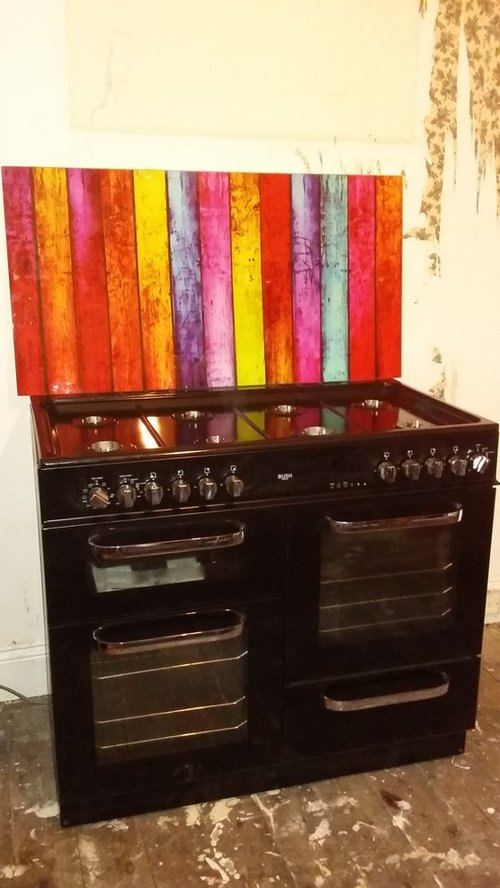
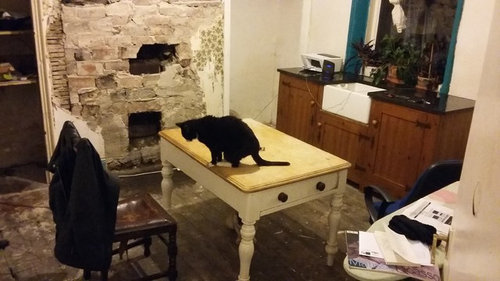
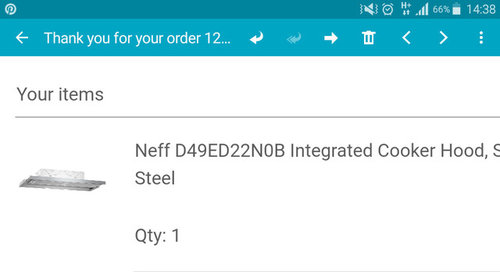
Comentarios (29)
temple274
hace 6 añosCheck the technical specs for the fan, usually available in full through the manufacturer's website. That will answer most of your questions regarding angles and distances.Dale Loth Architects
hace 6 añosYour question is far from straightforward and raises potential technical issues beyond whether the extractor can function reasonably with such a long, offset duct. Find out whether any of the holes you're considering may compromise structural elements. Don't consider the easy option of concertina ducting and right angle bends for long, twisting runs, since ribs and sharp bends both significantly reduce the air flow.
To avoid difficult ducting, we sometimes use a recirculating cooker hood and an independent extractor in an external wall. You need advice on whether this is feasible in your case and how strong each should be to avoid competition, but in my experience it can be quite successful.
Sam Potter
Autor originalhace 6 añosHi daisy, builder just said to get ducting as he needs to make the right sized holes for it but he doesn't fit it. Perhaps it's my electrician I need to talk to?
Temple, goid idea? I definitely will. It arrives Monday as do the builders.
Dale Loth, I hadn't thought about structural stuff. Building Control have signed off the plus for the steels done by the structural engineer and the floor plans showing conversion of dining room to kitchen but I ( and everyone else presumably) totally forgot about the cooker hood. I think i must've assumed they just went up the chimney. I call the building control guy at the council tomorrow and see what he advises. Perils of being an amateur hiring trades separately! It's working out loads cheaper so far , mistakes if anything are me being over cautious, like putting in for full plan approval when I didn't need to.Sam Potter
Autor originalhace 6 añosNo, just sorting out the chimney breast. I've bought a second hand freestanding sink unit and am planning for the rest of the kitchen to kind of 'evolve' out of the existing built in cupboard. I've got a joiner who will create a pantry in it, fit worktops and build one or two bespoke base units once I know what I want. I'm not keen on built in kitchens but I recognise the practicality of fixed base units and fitted worktops, especially linking the pantry cupboard to the cooker in the chimney and filling the corner between the cooker and the sink unit.titiankim
hace 6 añosWe did what your are proposing in our kitchen and haven't had any problems three years on. The ducting of hidden by a pantry cupboard we had built in the alcove. We were advised ducting sideways was better than up the chimneySam Potter
Autor originalhace 6 añosTitiankim, thanks for sharing. Did your ducting emerge from the chimney breast at ceiling height or at the same level as the extractor (presumably about 6' up)? And did building control say anything about it when they came round (assuming you had steels put in the chimney breast they needed to see)?
This is what I've bought. Metal so they look cool if I decide not to put cabinetry around or in front of them. Does anyone know if I need more kit, to fix em together or to cope with travelling though the side of the chimney breast?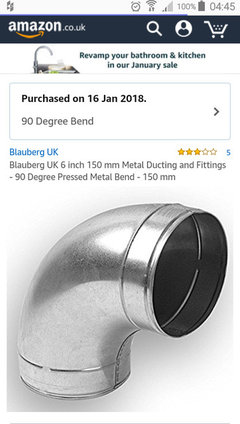
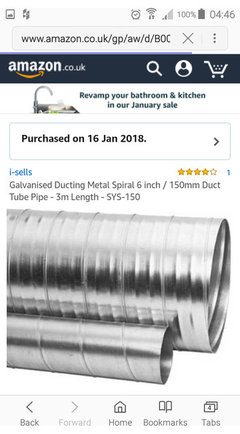
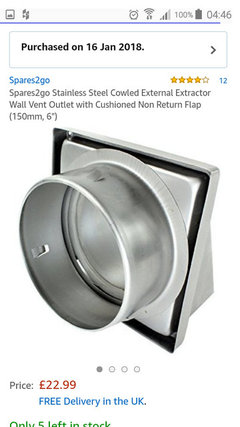
titiankim
hace 6 añosIt came out just above the top of the extractor between there and the ceiling. From my memory the only question building control has was the extraction rate of the fansjtashfield
hace 6 añosWe had same issue with our kitchen - we ended up ducting straight up the chimney using existing flue (otherwise corners in ducting would've rendered ours pretty useless). Builders fitted the extractor and electrician wired it in. I phoned manufacturers first to check the extractor would still be effective with the long vent - they said fine as long as we don't plan to do lots of stir-fries/deep fat frying. We actually hardly ever use ours after all the palaver! Gave me so many sleepless nights!
Sam Potter
Autor originalhace 6 añosSjtashfield, thanks that's interesting. I do feel like the chance of causing a chimney fire with an extractor fan installed this way is miniscule, but assumed it was a rule that I couldn't just let it vent into the chimney, rather than something optional?sjtashfield
hace 6 añosI would suggest calling the manufacturer to check specs. We have an Aga rangemaster extractor and they were really helpful - they explained that long vent is likely to reduce rate of extraction, but it was fine for us to vent through chimney via the flue. We got a chimney sweep to check the metal flue was intact before going ahead. Depends what type of cooking you plan to do.... Our kitchen is large so smells/steam aren't really a problem. We don't use it too much. We had concrete lintels put in our chimney. Building regs checked those and also checked distance from hob to extractor and signed it all off fine.
Exploit Space
hace 6 añosToo late to help on this one, you could ave vented straight ypo the chimney with no ducting in my opinion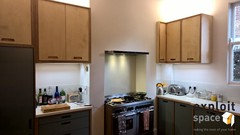
Sam Potter
Autor originalhace 6 añosHi Exploit space. No worries . I've just found a lovely pair of vintage doors to put across the alcove. And I quite like the silvery duct ;-)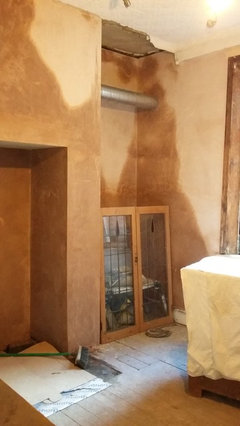
Gabi
hace 4 años@sjtashfield would it be possible to know roughly what extractor you used? I am unable to find one which is suitable and having a bit of a ball ache, as building control are requiring an external vent, chimney is my best option but it's 7m or so high. Any info, I would be most grateful. Nearly 1.5 years later after your comment :S Sorry :)
rinked
hace 4 añosGabi, your pipe may get greasy over time (and then it unfortunately drips down again), but when you leave the extractor on for about 10mins after cooking, you'll at least allow it to dry.
It was the only way to go in our house, as the kitchen is nearly centered in the house and against the neighbour's wall (terrace). My advise would be to buy a powerful silent extractor, as ours is quite noisy (needs to push a little harder).
There are types with a detachable motor, so if there's an option to open up the chimney on the second floor (and keep it accessible), the motor could go there, less noisy, but would require a fair amount of extra work.Usuario de Houzz-901930945
hace 3 añosHi, I am just wondering what extractor fan you ended up.
Iam putting a cooker into a chimney brace and struggling to find a fan. Any help, greatly appreciated!
afeadugg
hace 2 añosÚltima modificación: hace 2 añoshi @rinked @sjtashfield we recently fitted our hob into the chimney also using existing lined flue to vent up through the roof. just wondering if you had any tips to increase extraction or if you’ve had any issues since you posted? i must admit we fitted ours not knowing or thinking about the options but because of the layout we planned, it was the only option really. i guess we could re-consider and go through the wall at some point but i just don’t want the mess again now as everything is spotless and the angles i think would make it just as complex. we had so much dirt dust and mess to last a lifetime so i really want to avoid any big work for a while. anyway ours works okay (had about 6 months now) but i noticed recently that occasionally a bit of grease comes from the bottom of the motor. i understand this will likely be moisture and after being more disciplined with leaving the extractor on following cooking (after reading this thread for the tip!) i’ve noticed it helps a lot. but can’t be ideal in the long term? i’m wondering if an inline exractor may help but only access would be through the loft. so my question is i guess how is yours performing now? any other tips to manage the performance? i’m also assuming the moisture is more of a problem in the colder months?
rinked
hace 2 años@afeadugg We recently replaced our cheap-ish extractor for a new one, more powerful and less noisy. Turning it on as soon as you start cooking and leaving it on for a bit afterwards certainly helps. It's on the same 7 meter pipe, not optimal, but there is no other option in our house. And yes, more condensation can be expected in the colder months.
afeadugg
hace 2 añosThanks @rinked yes i think we may have to replace ours at some point too. Have you noticed that occasional smear of oil on the bottom of the motor too? all part of the condensation i expect but it’s irritating! i’ve fitted a cut piece of grease filter paper behind the mesh filter as an extra layer for the grease just to help it so at least its mostly just steam going up the flue. to be honest we hardly do any major frying anyway certainly not very fatty foods or deep frying. i was looking into potentially getting a chimney extractor fitted on top of the cowl on the roof. they seem to be for increasing the draw of smoke for fires but also advertise themselves for kitchens on some sites. i’m thinking that would potentially be a good long term solution as it would draw the steam up past where its most likely to struggle from the hood extractor? i.e. will pull it to the top from the top. what new one did you go for btw? i’m trying to work out how powerful hood extractors can actually go? is yours a monster??
rinked
hace 2 añosHaha no it's not a monster. Simple Novy pull out type. And yes we have considered adding a ventilator up top as extra draft, but haven't executed it yet (loads of small jobs around the house to be done, so little time/energy). No drip so far. I might add our open plan is roughly 30 m2 and we have an extra vent pipe next to our wood burner, so there is always some natural ventilation. Does your chimney have a cap on it? I can highly recommend those. Because of the extra chimney pipe (now open as chimney breast is gone) we found out the rain comes dripping in all chimneys, so added caps. Major plus is jackdaws can't build nests nor throw stuff in there anymore.
afeadugg
hace 2 añosYeah its capped (i think anyway!). the ducting we are using was already there from an old stove but still in good condition. it was opened up for a while while we were doing a load of work and didnt notice any rain/debrit coming down. never ending jobs aren’t they! I will keep an eye on it anyway i’m just a bit OCD with this stuff when i notice its not perfect. ours is open plan and quite spacious too so quite a lot of natural ventilation and lots of windows etc. Previously we had a recirculating set up so what we have now is loads better i just feel the extractor and flue combo is a bit pathetic so will probably look at the chimney fan eventually to add a bit of power and hopefully means a lot less messing around with interior too as just a case of getting it wired from outside to a power point downstairs. thanks for the tips anyway. this is what i was looking at btw…
J Lo
hace 10 mesesÚltima modificación: hace 10 mesesHi @afeadugg, wondering if you have got round to fitting that chimney fan yet or not? I'm about to have a cooker hood fitted, venting through my chimney as my builder suggested, but reading lots online about condensation, so am a bit worried... I'm getting a relatively powerful hood, 680m3/h extraction rate on the spec, hoping it might be okay. Wondering if it might be worth getting that chimney fan fitted as well, as they'll have the scaffolding up to do the flue liner anyway... Your discussions have been rather useful! Thanks!
afeadugg
hace 10 mesesHi @J Lo no we haven’t bothered (yet). Generally its been fine. There’s no escaping the fact the long feed does create a bit of unavoidable condensation but it’s nothing major and easily manageable with some workaround measures. I got some cooker hood filters and cut them to size to lay on top of the cooker hood to trap the grease and smells more. i also fold a piece of kitchen paper into a square and put that underneath the motor of the fan so if there are any drips through where the motor unit is screwed together (that is the main culprit!) its well absorbed. The filter lasts about 3 months before I change it. The kitchen paper I change every couple of weeks and just to stress its a tiny greasy drip each time that dries up. I just change it for cleanliness when I check it and wipe the side of the fans, as I would anyway even without that issue. The way I see it is it’s still a much better set up than relying on a recirculating hood that doesn’t take the smells or grease outside at all. So the very minor condensation issue is a small price to pay. I was a bit obsessed with it when I posted on here but don’t give it too much thought now… until you posted and reminded me haha! I would suggest though if you have the option you may as well do what you can now while the dirty work is going on for peace of mind. Whatever your builder says there will defnitely be a little condensation whatever the set up, unless you have a really powerful fan or the extra fan on the chimney - its just physics and gravity that can’t be avoided. Either way you want to get it sorted now in my view rather than later as you probably won’t get round to it, as has been the case with us. That said, like I say it’s not a major issue if you have the same results as us. Only thing a few people have said is that over time it will cause the fan to fail but I haven’t noticed any problems yet so all good so far touch wood

Volver a cargar la página para no volver a ver este anuncio en concreto
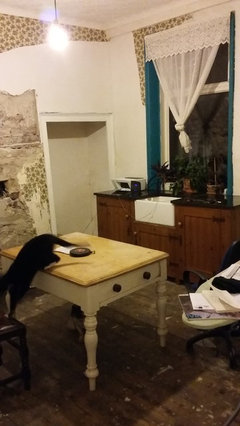
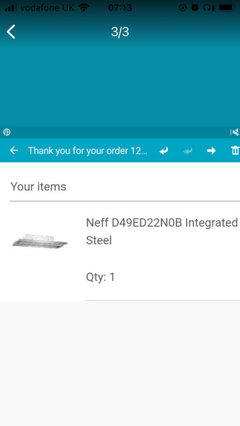
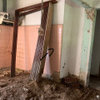

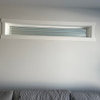
Sam PotterAutor original